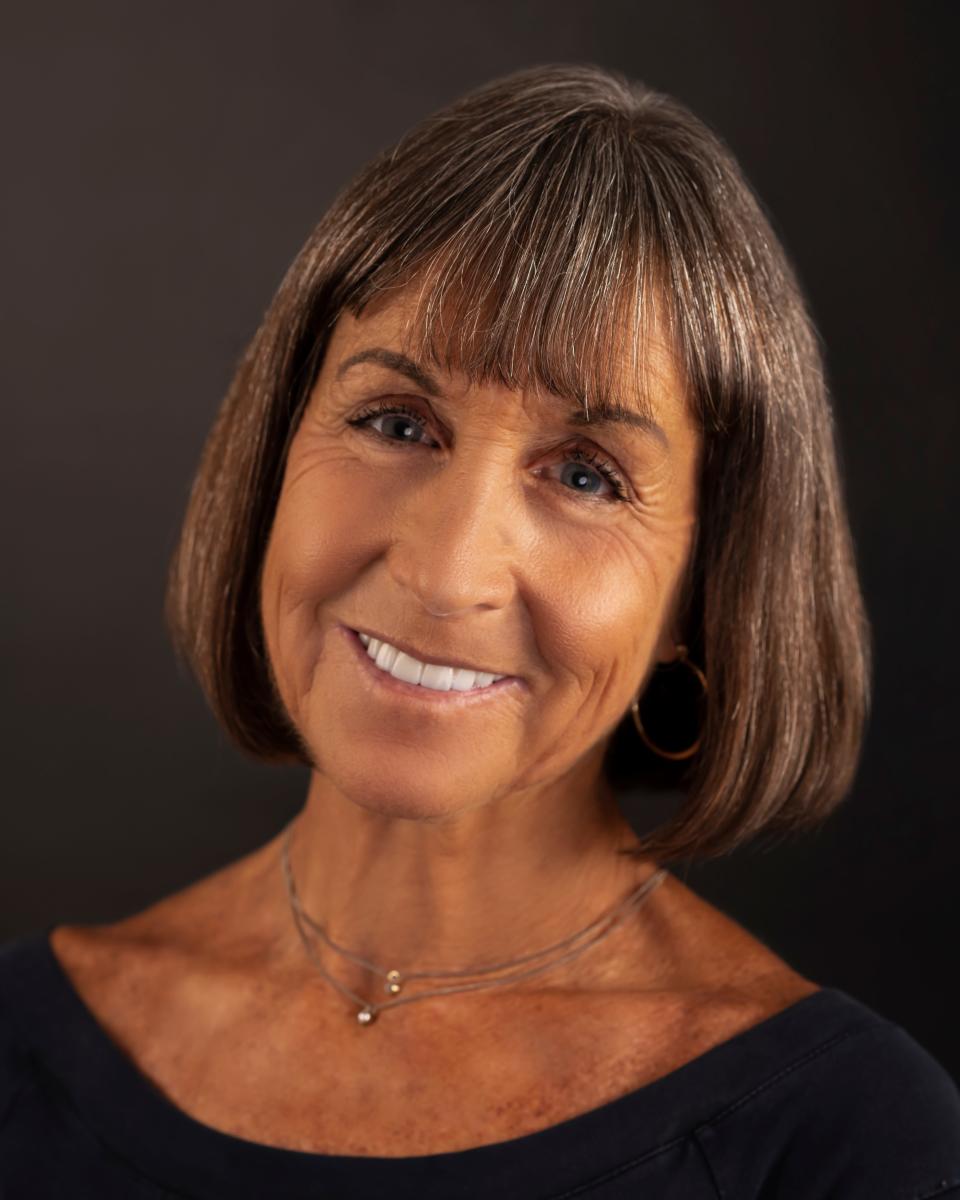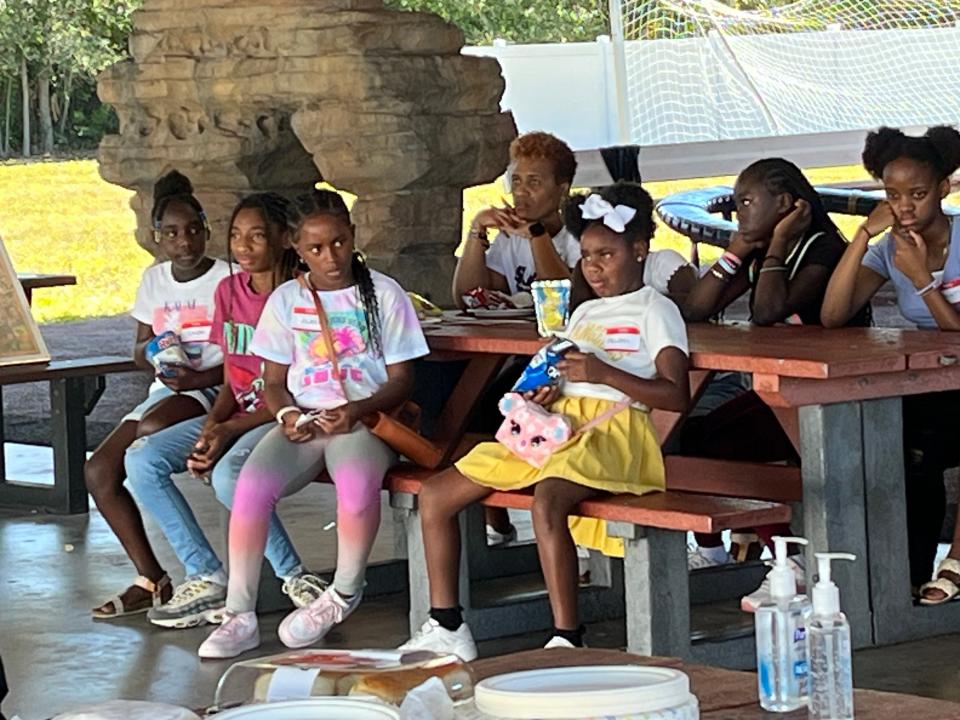While Florida seeks to suppress history, a Sarasota school helps us celebrate it
It’s a warm and sunny Saturday morning – perfect for playing outside if you’re a kid – when I pull up behind the Girls Inc. building on Tuttle Avenue, where a group is gathered under an outdoor pavilion enjoying a free lunch and some Bob Marley reggae.
It’s the second session of the year for the Manasota Association for the Study of African American Life and History (ASALAH)’s “Freedom School,” which began providing free weekend lessons about Black culture and history to students in Sarasota and Manatee counties last year.

Modeled on the “freedom schools” that emerged during the civil rights movement to organize African Americans to achieve social, political and economic equality, these Saturday sessions – which began in 2022 as a pilot program at the North Sarasota library – aim to counter the effects of Florida HB 7 (the “Stop WOKE Act”), which restricts how race is discussed in schools and workplaces and has curtailed public school history curriculums.
“We saw what was coming out of Tallahassee and decided we needed to go on offense,” says Manasota ASALAH’s president, David Wilkins. “Florida has a law requiring the teaching of African American history and it has for more than 20 years. This is American history. It should not be an issue.”

More: To 'save' kids, Sarasota County may hurt libraries. Can someone make that make sense?
As Wilkins speaks, several percussionists beat out a contagious rhythm on African drums and “Mr. Alex,” one of the teachers, starts a call and response chant:
“Habari gani?” he shouts, asking, in Swahili, “What’s the news?”
“Freedom school!” the students yell, clapping and stomping.
Then there’s a drumroll, shout-outs for individual student’s accomplishments and a question of the week, this one prompted by the occasion of Veterans Day: “Who was the first Black four-star general in any of the Armed Forces?”
No one knows the answer.
The teachers aren’t surprised: the only notable Black figures children are taught about in school, they say, are Rosa Parks, Martin Luther King and Harriet Tubman. (The answer is Daniel “Chappie” James Jr., an Air Force pilot, in 1975.)
Freedom School is open to any student regardless of race or background, from kindergarten through high school, but there are very few in attendance who are not Black. Wilkins says that’s something they’d love to change, but when (as another teachers says,) “most kids would rather have a needle stuck in their eye than come to school on a Saturday,” recruiting can be tough.
Thirteen-year-old Makai, from Parrish, says he already knows “most of this stuff” and only came at first because his parents, both teachers, insisted. But when, one day, he called his youngest brother, an “African American” and the 7-year-old defensively replied, “I am not!” he realized this wasn’t all about him.
Julie Forestier, who is white, brought her almost 5-year-old son Phoenix on the anniversary of the death of her mother, a civil rights activist who grew up in a racist household.
“I want to keep her memory and ideals alive in him,” Forestier says. “I want him to learn all she taught me about the importance of equality and open-mindedness.”
The students split into four groups, by age, for the first of two learning sessions, separated by a break when they can “smack a little hoop” on the basketball court. Today they’re studying Africa because, as one teacher puts it, “If they know anything at all about Black history, it starts with America.”
The youngest students (K-3rd grade) watch a video, identify and color native animals on a map of Africa and make animal face masks from paper plates. The oldest (9th-12th grades), with provided tablets, go on an “African Geography Scavenger Hunt.” In the grades 3-5 classroom, a teacher projects 20 diverse images on a screen – cityscapes, mountains, people of all races and in all social situations, wearing both modern and indigenous attire – and asks the students to guess whether the pictures were taken in the U.S. or Africa.
Nineteen times they guess wrong because the idea of Africa they’ve absorbed at school –thatched huts, sand, barefoot residents, native clothing and poverty – doesn’t mesh with the reality of a place that “can look a lot like Sarasota,” as the teacher says.
“You didn’t think people had fun in Africa?” she asks, when they insist an image of a Ferris wheel is from an American amusement park.
On the final image – a picture of a man in tribal African garb, holding a cellphone – the kids are not going to be fooled. “Africa!” they shout in unison.
“Wrong again,” the teacher responds. “This was taken at an American university.”
There is no mention of CRT (critical race theory), European imperialism or any kind of ideology-promoting or editorializing. The information conveyed is factual, in some cases eye-opening, and, hopefully, delivered in a way that’s enough fun to make it worthwhile to come to school on a Saturday. (And maybe next week, to bring a friend.)
The teachers who give up a day of their weekend (thanks to a grant, with pay) are committed to giving students a more amplified picture than they’re likely receiving at school – but without any agenda other than to broaden their horizons.
“What people are taught really does shape their world view,” says Ms. E, a longtime teacher. “The more you learn and know, the better you can spot what needs to change. We do a disservice to our kids to not show them what history shows us and how we can make it better.”
Indeed, it is that very exposure to different cultures, traditions, races and historical successes and failures that can lead us to value our shared humanity. Ignoring that diversity or acting as if what is uncomfortable doesn’t exist builds resentments and emphasizes divisions.
It’s unfortunate it takes students and teachers giving up the freedom of their Saturdays to gain those benefits when they could so easily acquire them in school classrooms.
Note: For the curious, the 3rd annual Thanksgiving Open House and Reader Appreciation Day was a smash. About 75 people came and enjoyed a plethora of food and drink, some interesting conversations and tunes by The Jazzberries. My gratitude and thanks to all for their presence – and the many presents I’m unable to acknowledge individually for lack of knowing who they came from. If you left anything behind, please let me know. So many people insisted the tradition must go on, that I promise to try to find a way and a place for next year.
Contact columnist Carrie Seidman at carrie.seidman@gmail.com or 505-238-0392.
This article originally appeared on Sarasota Herald-Tribune: Sarasota school celebrates the freedom to learn all history

